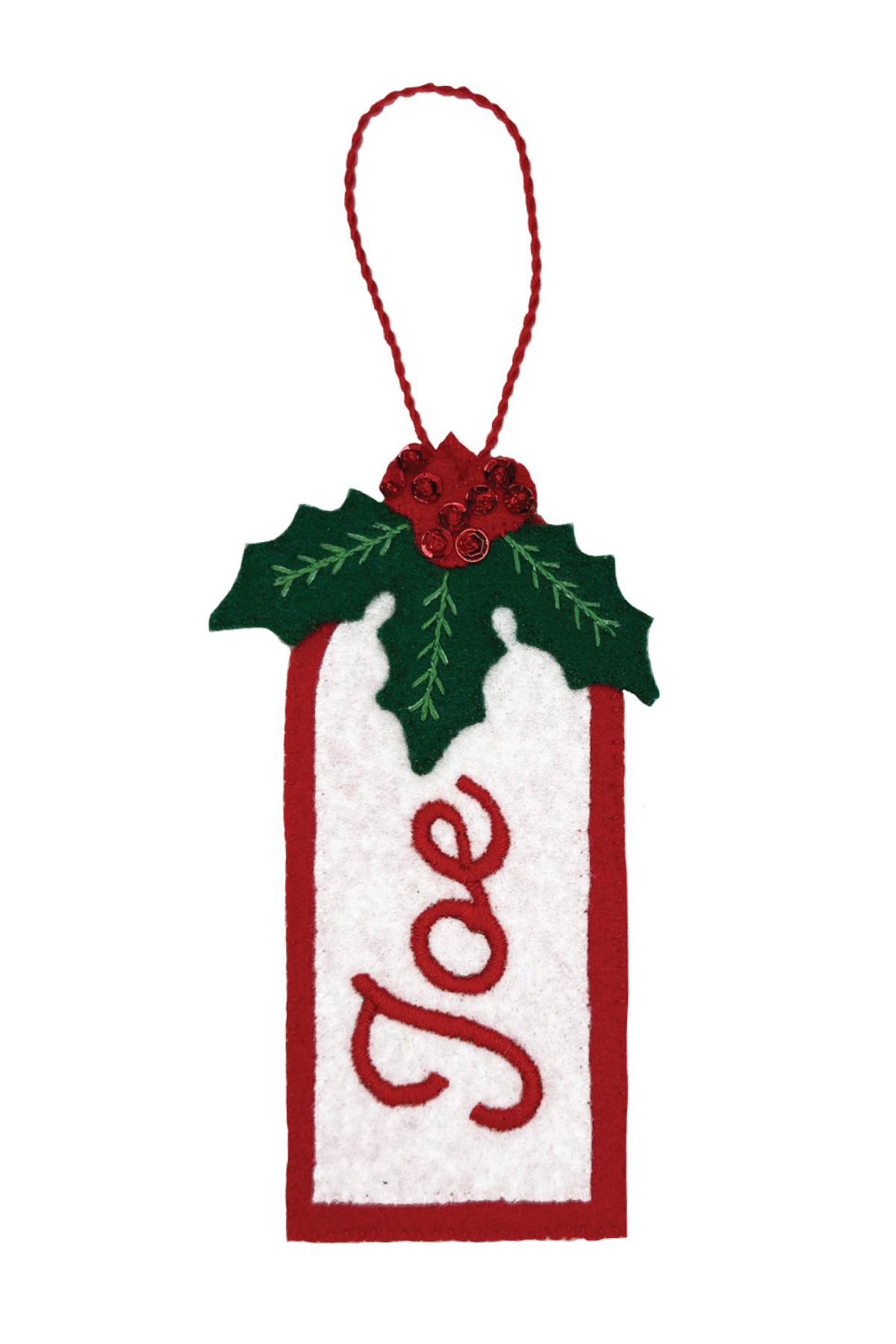4 Theories of the Christmas Orange

Posted on March 22, 2021

For centuries, Christmas stockings have been a centerpiece of religious and secular tradition, bringing little treasures and joy to children (and adults) on Christmas Day. And just as the history of the Christmas stocking itself has many facets, so too do the traditional treasures that are left inside.
One such treasure is: The Christmas Orange.
As it turns out, there’s no one theory as to why the citrus fruit became a traditional stocking stuffer. But each of the reasonings has merit. Let’s explore some of those theories.
1) St. Nick’s Special Gift to a Widower
Before coming into sainthood, St. Nicholas—who’s legend evolved into today’s Santa Claus tradition—was a generous, wealthy bishop. Allegedly one day, he heard of widowed shopkeeper and father to three beautiful daughters. The father was deeply concerned that his daughters would never marry as he couldn’t afford a dowry—and if he were to die, the girls would be left alone and destitute.
As the story is often told, St. Nick was touched by the father’s dire situation and wanted to help. So, he crept into the man’s home one night and put bags of gold—or perhaps balls of gold as some tales say—in each of the girls’ stockings.
When the father and his girls woke the next morning, they found the gold and rejoiced. The girls could now get married and the father’s worries were put to rest.
As Smithsonian.com points out, the tradition of putting gold in stockings isn’t very easy to replicate. As a result, oranges (and sometimes tangerines) started being used as a representation of gold.
What’s more, some say the oranges aren’t meant to simply represent the gold St. Nick left behind—but also his incredible generosity.
Today, Christmas is known as the season of giving. So, by stuffing stockings with oranges, we’re paying homage to both the gift itself and the intention behind it.
2) A Luxurious Treat on Christmas Day
This “luxurious treat” theory has roots in multiple different points of history. Firstly, some say the tradition originated well before the 19th Century.
As you can imagine, the trade routes, transportation types, and technology were far less developed than what we have today. As a result, oranges were not easily accessible in non-native growing areas—meaning only the wealthy could typically afford such an exotic treat. So, you could imagine the jubilation of a poor or average person receiving such an incredible treasure in their stocking on Christmas morning.
Others claim the orange tradition was founded during the Great Depression and/or World War eras in the first half of the 20th Century.
For a little more background, according to Taste of Home, the Sunkist brand burst on the scene in 1908. In fact, oranges were the first produce item to have its own ad campaign, the publication said. As a result, the interest and demand for oranges exploded across the country—and eventually accessibility began to grow.
But during the Great Depression, as well as World War I and World War II, many felt the major financial crunch. So, depending on location and circumstance, using oranges as stocking stuffers could have been an easy, yet special, treat or an outstanding luxury.
3) Oranges Are Lucky
Perhaps one of the more unique theories behind the orange stocking stuffer tradition is rooted in ancient Chinese and other Asian customs and beliefs.
You see, the orange has been a symbol of good fortune and luck for centuries. During the Chinese New Year celebration, which takes place very close to Christmas festivities every year, oranges (and tangerines) are often used as decorations and are exchanged among friends and family.
While there isn’t a definitive connection between the Asian belief and the Christmas tradition, it’s reasonable to assume it’s no coincidence. As our world has become more interconnected, and both religious and secular traditions have mingled over the years, the orange stocking stuffer tradition has been influenced from multiple angles.
4) What it All Comes Down To? Tradition
Despite the many competing and complementing theories, the common thread is simple: tradition. No matter the historical reasoning one chooses to embrace, the fact is that putting oranges in stockings represents the spirit of the season; giving generosity, giving joy, giving luck, and passing on tradition.





